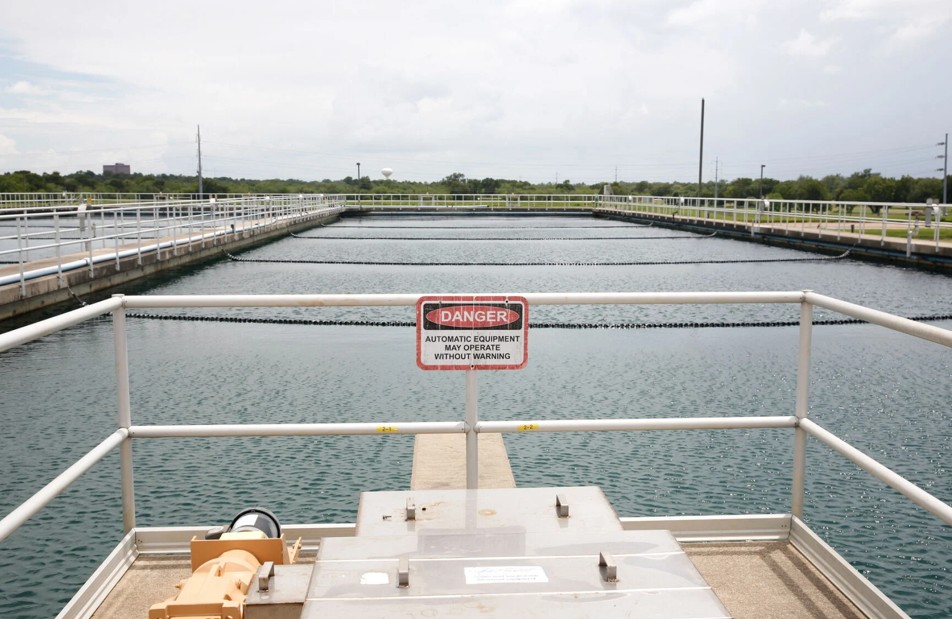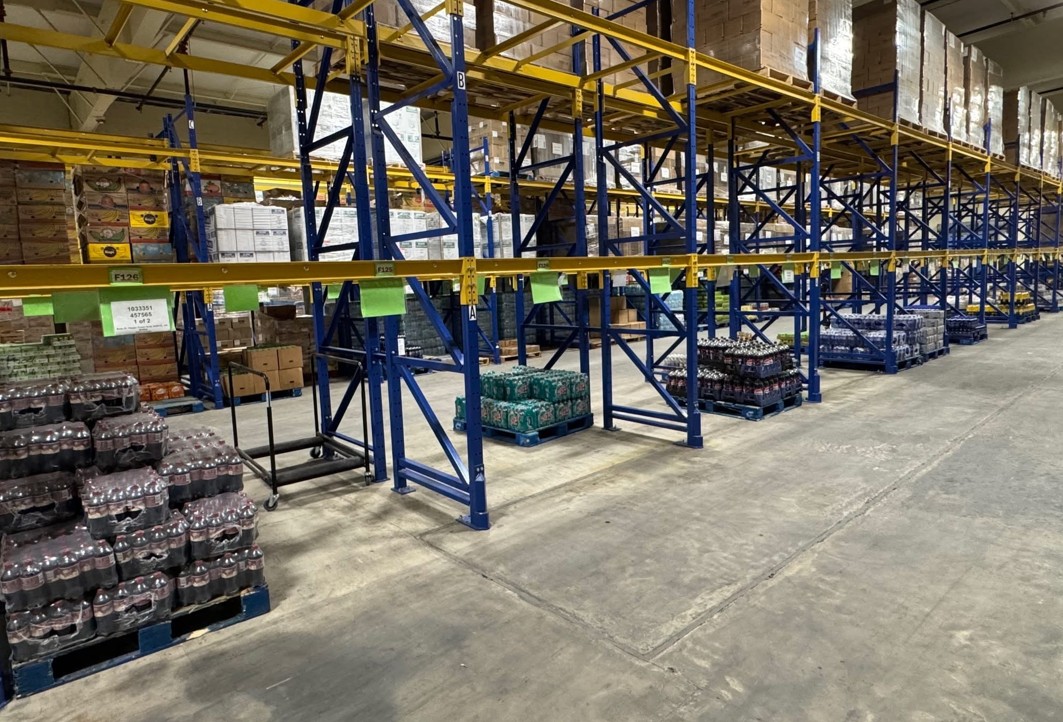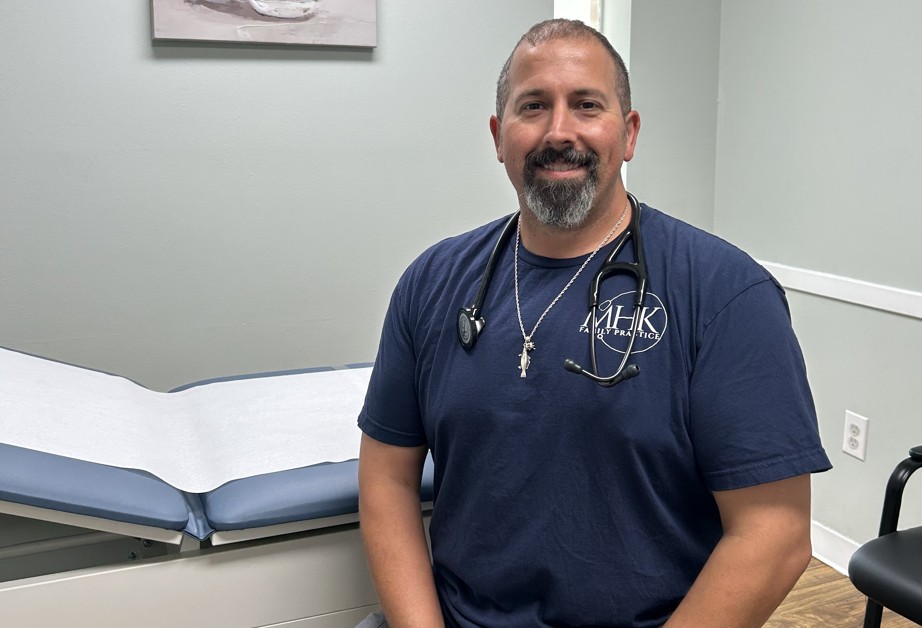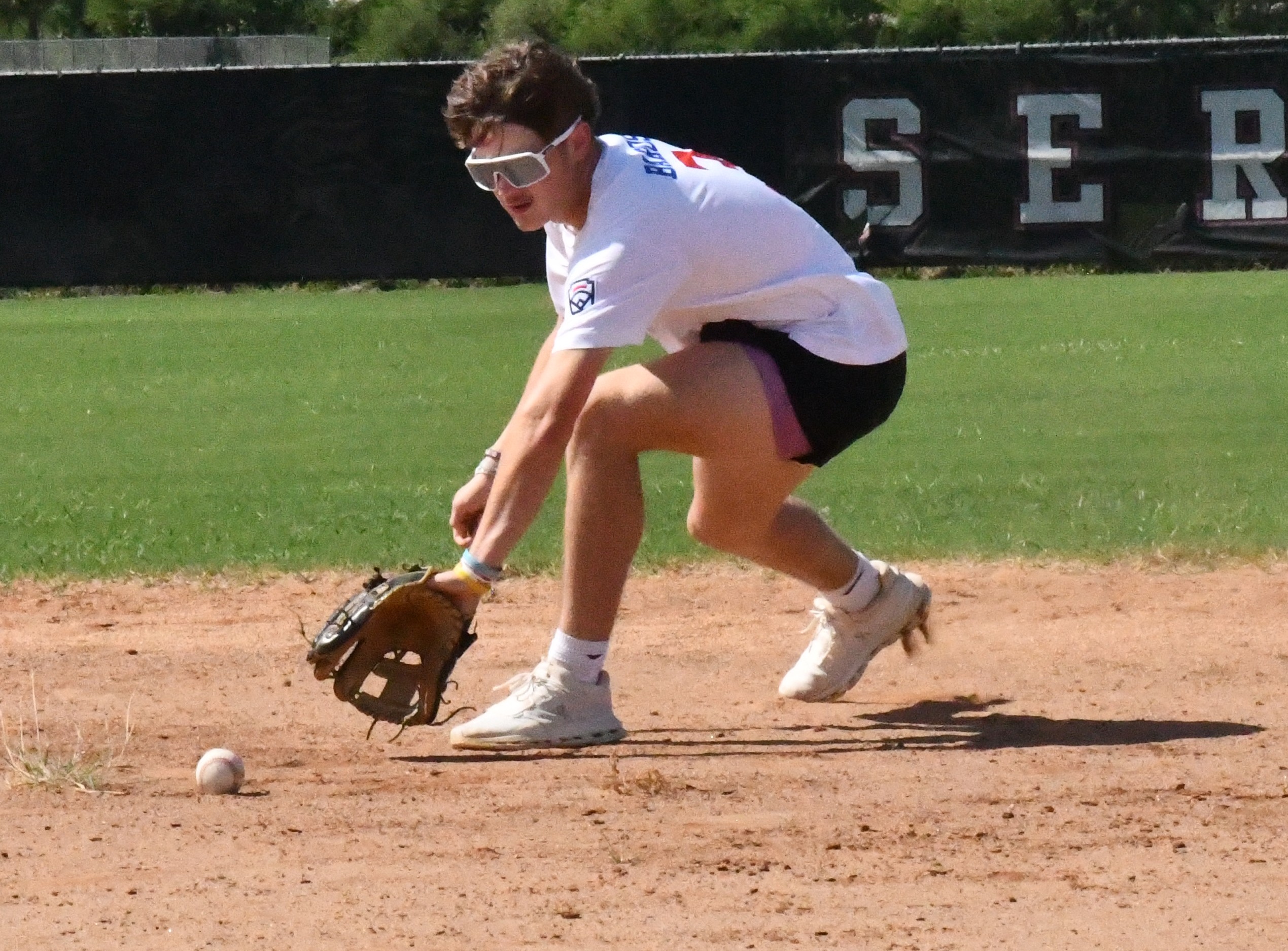Ask Madison: Has a boil water issue like this happened before?
Published 7:15 am Saturday, July 26, 2025
The recent boil-water left some residents wondering how this could have happened. The city has received superior ratings on its last two annual water consumer reports by the Texas Commission on Environmental Quality.
While everyone has their theories on what caused it and their opinions on how the situation unfolded, it’s worth looking back into the last decade or so to see how past boil-water notices were handled and how the issues were addressed.
Last week, Ask Madison dove into what bacteria and chemicals the Texas Commission on Environmental Quality testes for in the water, how those containments get into the water and from where the city gets its water supply.

Madison O’Hara
Trending
During Hurricane Harvey in 2017, tens of thousands of residents were left without drinking water when both power grids that support the water system were knocked out by the storm. Gravity allowed residents to draw from the water towers until the water level reached a certain point. Once it reached that level the city then needed a generator to pump the remaining water out to residents.
It took about a week to get water back into the homes of residents and the boil-water notice lasted almost a week.
Since Harvey, the city has invested in generator power at pump stations and treatment plants.
In 2021, when Winter Storm Uri swept into town and wrecked havoc on infrastructure systems throughout the state, residents were left in the cold and plunged into darkness. As pipes froze and residents’ panic took over, the city’s water towers were once again empty.
The Public Works department’s supervisory control and date acquisition (SCADA) equipment monitors the city’s water reserves. Even though the equipment was weatherized, it wasn’t prepared for a severe arctic blast such as Uri. While the equipment reported the water reserves were full, the water towers had been draining quickly and quietly.
Instead of dripping faucets, residents’ fear of frozen pipes led them to run their faucets at full-blast, depleting the water supply. Public Works pumped more water to keep up with demand and it worked — until it didn’t.
Trending
Water lines froze through the insulation and private lines were breaking throughout the system. Once the pipes thawed, water surged through broken pipes and faucets ran dry. A number of private line breaks, overconsumption and lack of warning from the SCADA system emptied water reserves and left residents without water for days.
Since then, the city has bolstered its mass communications efforts, along with improving its extreme weather preparations at every level. The water monitoring equipment has been upgraded to withstand prolonged freezes and software has been updated to not only show the elevation in the tank but the current water volume as well and to provide real-time updates. The boil water lasted for less than a week.
In 2023, millions of gallons of water were spilled due to a 20-inch main cracked beneath the surface at Airline Road and Ben Jordan Street. Almost two-thirds of the city’s water customers lost service for a few hours. Utility crews quickly got water back into the homes of almost all of the effected residents.
An antiquated cast-iron line from the 1950s was the likely cause for the main break.
Crews quickly worked to excavate the old, cracked pipe and replace the broken line. Because the water pressure dipped below 20 pounds of pressure per square inch, a boil water notice had to be issued. It lasted less than 24 hours.
In all these case, boil water notices were issued due to either low pressure or for standard bacteria testing after water disruptions. But this time, the taps didn’t run dry, there was no extreme weather nor was there a water main break.
“At this time, there are many questions that we all have about how this situation occurred. Was it the result of a failure of established treatment processes. Was it a result of human error or a sign of aging? Infrastructure that no longer meets modern demands?” Mayor Duane Crocker said at a press briefing on July 13.
While there is no official cause for the drop in chlorine levels in the city’s water, a council committee has been formed to conduct an investigation regarding the water quality failure.
Beyond the committee’s questions about oversight, process integrity and about system reliability, the city is looking into how it can best move forward to prevent something like this from happening again.
“We will be evaluating how we can best implement long term investments in our water infrastructure, in particular, the upgrade to our existing SCADA system,” Crocker said. “We recognize that while such improvements carry a significant cost, the cost of inaction may be even greater.
There has been no updates since the committee was formed at a city council meeting on July 15.
In this column called Ask Madison, Madison O’Hara, a Victoria native and Advocate reporter, answers questions readers have about anything and everything to do with the Crossroads. Email your question to Madison at askmadison@vicad.com or call her at 361-580-6558.









